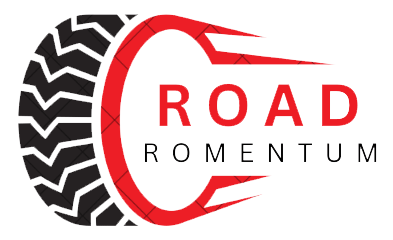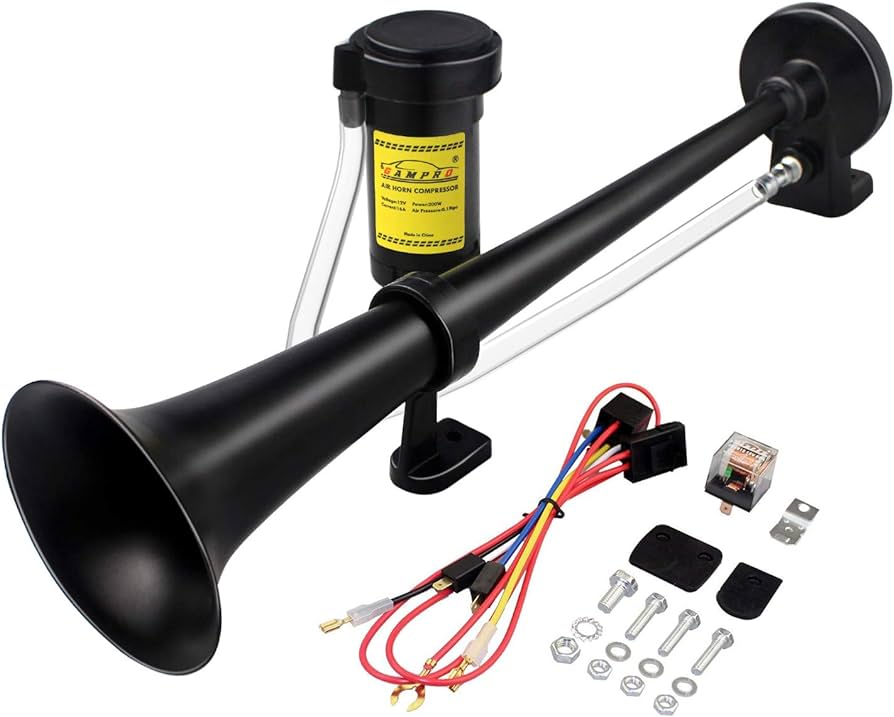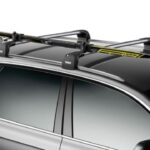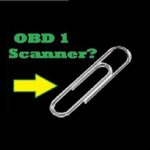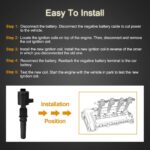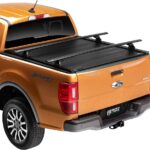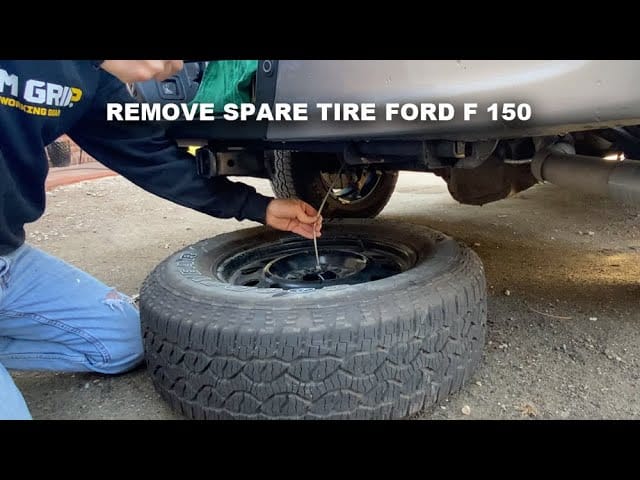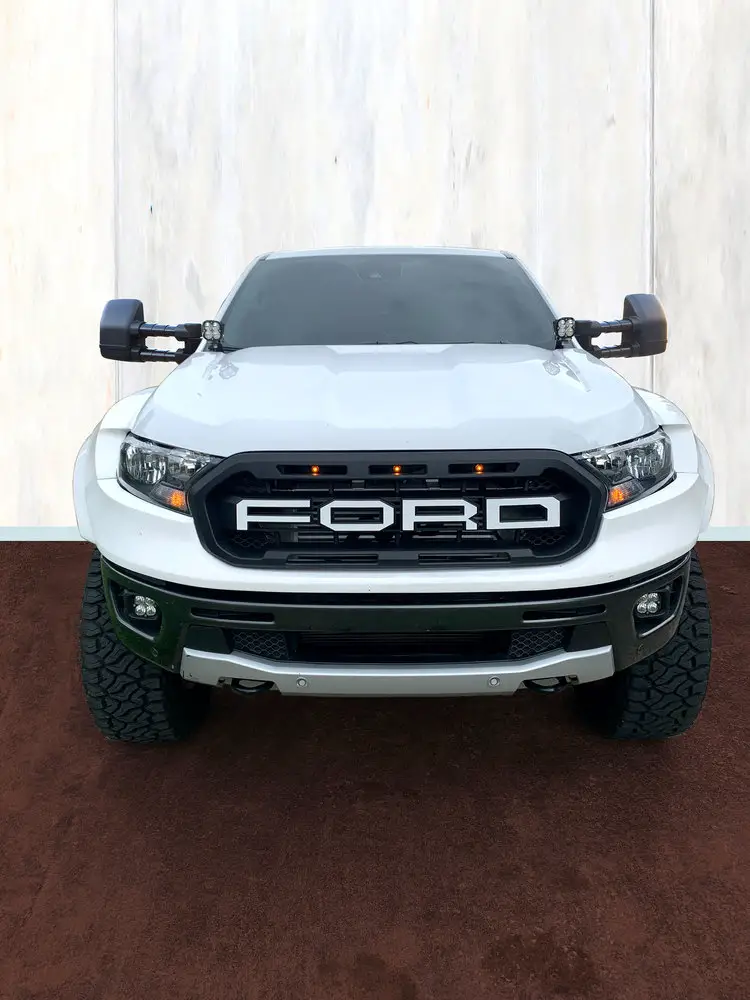Where is Cylinder 4 on Ford F150? Find the Answer Now!
Cylinder 4 on the Ford F150 is located on the passenger side rear of the engine. The Ford F150 is a popular pickup truck known for its powerful performance and durability.
Like any vehicle, the Ford F150 has multiple cylinders, and each cylinder plays a vital role in the engine’s functioning. If you need to locate Cylinder 4 on your Ford F150, you can find it on the passenger side rear of the engine.
Identifying the cylinders correctly is essential for troubleshooting and diagnosing issues such as misfires. We will discuss the location of Cylinder 4 on the Ford F150 and provide some insights into cylinder identification in Ford engines. So, let’s dive in and learn more about the Cylinder 4 on the Ford F150.

Credit: www.caranddriver.com
Understanding Cylinder Numbers In Ford F150
Located on the passenger side of the Ford F150, cylinder 4 is against the rear of the engine. Misfires in this cylinder are often caused by issues with the coil, plug, or plug wire. To diagnose the problem, you can reset the codes and wait for them to reappear or perform further troubleshooting steps.
How Are Ford Engine Cylinders Numbered?
In order to understand the location of cylinder 4 on a Ford F150, it’s important to know how Ford engine cylinders are numbered. Ford engines typically use a numbering system where the cylinders are labeled from front to back, starting with the passenger side of the vehicle. The cylinders on the passenger side are numbered 1, 2, 3, and 4, while the cylinders on the driver’s side are numbered 5, 6, 7, and 8. This numbering system helps in identifying the location of specific cylinders for diagnostic and maintenance purposes.
Finding The Cylinder Number On Different Engine Types
The location of cylinder 4 may vary depending on the type of engine in your Ford F150. Here’s a breakdown of how to find the cylinder number on different engine types:
Inline Engine:
If your Ford F150 has an inline engine, the number one cylinder is located at the front of the engine, closest to the timing cover. The cylinder numbering continues sequentially towards the back of the engine.
V-type Engine:
For V-type engines, one cylinder head is slightly forward of the other, towards the front of the engine. Cylinder number one is the forwardmost cylinder in that bank. This means that cylinder 4 would be located on the passenger side towards the rear.
By knowing the numbering system and the location of cylinder 4 on your specific engine type, you can easily identify and locate the cylinder for any necessary maintenance or troubleshooting.

Credit: www.caranddriver.com
Locating Cylinder 4 In Ford F150
Located against the passenger side firewall, Cylinder 4 in the Ford F150 can commonly cause misfires due to issues with the coil, plug, or plug wire. Troubleshooting and resetting the codes may be necessary for diagnosis and repair.
Finding The Position Of Cylinder 4 In Ford F150
When it comes to locating Cylinder 4 in a Ford F150, it’s essential to understand the engine’s cylinder numbering system. Engine cylinders are numbered differently depending on the type of engine. For an inline engine, the number one cylinder is situated at the front of the engine, closest to the timing cover. On the other hand, for a V-type engine, one cylinder head is slightly forward of the other, towards the front of the engine.
Identifying The Forwardmost Cylinder In That Bank
In the case of a Ford F150, Cylinder 4 can be found by identifying the forwardmost cylinder in its bank. It is crucial to determine which bank the cylinder is located on before proceeding with the identification process.
Please note: The bank that Cylinder 4 is on will vary depending on the specific engine configuration of your Ford F150.
Ensuring Each Heading Adheres To Html Syntax
The H3 headings used above adhere to HTML syntax, making them suitable for WordPress:
Finding the position of Cylinder 4 in Ford F150
Identifying the forwardmost cylinder in that bank
Ensuring each H3 heading adheres to HTML syntax
By following these steps, you can confidently locate Cylinder 4 in your Ford F150, allowing for efficient troubleshooting and maintenance of your vehicle.
Remember, misfires are commonly caused by issues with the coil, spark plug, or plug wire. If you encounter any issues, it is recommended to reset the codes and wait for them to reappear, facilitating further troubleshooting.
For a visual demonstration on how to locate and diagnose the issue, you can refer to the following YouTube videos:
- Crazy Rich A – How are Ford engine cylinders numbered?
- Javo’s Garage – How to Know Which Cylinder is Number One
- My Better Half – Diagnosing and Repairing Misfires
- Barbour’s Auto Help – Cylinder Identification and Engine Position
With the information provided above, you are now equipped to locate Cylinder 4 in your Ford F150 and address any potential issues effectively.
Diagnosing And Troubleshooting Misfires
To diagnose and troubleshoot misfires on a Ford F150, you may need to locate cylinder 4. On a V type engine like the F150, cylinder 4 is typically found against the passenger side firewall. Misfires are often caused by issues with the coil, plug, or plug wire, which can be inspected and replaced as necessary.
Misfires can be frustrating and can affect the performance of your Ford F150. When it comes to diagnosing and troubleshooting misfires, it’s important to have a systematic approach to identify the root cause of the problem. In this section, we will explore the common causes of misfires in Ford F150, how to reset codes and wait for them to reappear, and the steps to diagnose and fix misfire issues.Common Causes Of Misfires In Ford F150
Misfires in Ford F150 can be caused by various factors. Here are some common causes to consider:- Ignition system issues: A faulty ignition coil, spark plug, or spark plug wires can result in misfires. It is essential to inspect these components for any signs of wear or damage.
- Fuel system problems: Clogged fuel injectors, a malfunctioning fuel pump, or a dirty fuel filter can disrupt the fuel delivery to the cylinder, leading to misfires. Checking and cleaning these components can help resolve the issue.
- Engine mechanical problems: Issues such as low compression, a leaking head gasket, or a worn-out piston can affect the combustion process, resulting in misfires. A thorough inspection of the engine’s mechanical components is necessary to identify and fix these issues.
- Air intake system concerns: A restricted air filter, a malfunctioning mass airflow sensor (MAF), or a vacuum leak can disrupt the air-to-fuel ratio, leading to misfires. Inspecting and cleaning the air intake system can help resolve these problems.
Resetting Codes And Waiting For Them To Reappear
Resetting the engine codes can sometimes be a helpful step in diagnosing misfires. Here’s how you can reset the codes and wait for them to reappear:- Disconnect the negative terminal of the battery to reset the codes.
- Once disconnected, wait for at least 10 minutes before reconnecting the terminal.
- Start the engine and let it idle for a few minutes.
- Observe the Check Engine Light (CEL) to see if it remains off or if it reappears.
- If the CEL comes back on, it indicates that the misfire issue is persistent and needs further diagnosis and troubleshooting.
Steps To Diagnose And Fix Misfire Issues
Diagnosing and fixing misfire issues in your Ford F150 requires a systematic approach. Here are the steps you can follow:- Connect an OBD-II scanner to retrieve the specific trouble code related to the misfire. The code should indicate the specific cylinder affected.
- Inspect the ignition system components, including the ignition coil, spark plugs, and spark plug wires. Look for signs of damage, corrosion, or excessive wear.
- If any components are found to be faulty, replace them with new ones.
- Check the fuel system for any issues. Clean the fuel injectors and replace the fuel filter if necessary.
- Conduct a compression test to check for engine mechanical problems. Low compression in a specific cylinder can indicate issues such as worn-out piston rings or a leaking head gasket.
- If engine mechanical problems are detected, further inspection and repair may be necessary.
- Inspect the air intake system for any restrictions or leaks. Clean or replace the air filter and check the MAF sensor for any malfunction.
- Once all the necessary steps have been taken to diagnose and fix the misfire issues, clear the engine codes using an OBD-II scanner.
- Test drive the Ford F150 to ensure that the misfire problem has been resolved.
Replacing The Coil Pack On Cylinder 4
Misfires in your Ford F150 can be frustrating and can lead to decreased performance and fuel efficiency. One common cause of misfires is a faulty coil pack. If you notice that Cylinder 4 is misfiring, it’s essential to replace the coil pack to restore your engine’s smooth operation. In this article, we will guide you through the process of replacing the coil pack on Cylinder 4 of your Ford F150.
Inspecting The Coil Pack For Issues
Before proceeding with replacing the coil pack, it’s important to inspect it for any visible signs of damage or wear. Look for cracks, corrosion, or melted areas. If you notice any of these issues, it’s a clear indication that the coil pack needs to be replaced.
Removing The Old Coil Pack
Start by disconnecting the negative terminal of the battery to ensure safety. Locate the coil pack on Cylinder 4, which is generally located at the passenger side rear of the engine. Carefully remove the electrical connector from the coil pack and unbolt any fasteners holding it in place. Gently pull out the old coil pack, taking care not to damage the surrounding components.
Installing A New Coil Pack
Take your new coil pack and place it in the same position as the old one. Reinstall any fasteners that were removed and ensure a secure fit. Connect the electrical connector to the new coil pack.
Cleaning The Cylinder With An Air Gun
Before reconnecting the vacuum hose, it’s a good idea to clean the cylinder thoroughly. Use an air gun to blow any debris or dirt out of the cylinder. This will help ensure proper combustion and prevent any potential issues in the future.
Reconnecting The Vacuum Hose
Once the cylinder is clean, reconnect the vacuum hose to its original position. Make sure it is securely attached to prevent any leaks.
Erase The Trouble Code
Lastly, you will need to erase the trouble code to reset the engine’s computer system. This can be done using an OBD-II scanner or by disconnecting the battery for a few minutes. Once the trouble code is erased, you can start your engine and check for any signs of misfires.
By following these steps, you can easily replace the coil pack on Cylinder 4 of your Ford F150. Remember to always consult your vehicle’s manual for specific instructions and safety precautions. Taking the time to address misfires promptly will help maintain the performance and longevity of your truck.
Video Overview Of Finding Cylinder 4
In this video overview of finding Cylinder 4 on a Ford F150, you will learn how to locate the cylinder number and diagnose potential misfires. The video provides step-by-step instructions on inspecting the coil pack, installing a new one, and cleaning the cylinder with an air gun.
A Summary Of The Process To Locate Cylinder 4
Locating Cylinder 4 in a Ford F150 is an important step in diagnosing and resolving misfire issues. In this video overview, we will guide you through the process of finding Cylinder 4 efficiently. By following these steps, you can quickly pinpoint the problem and take necessary actions to fix it.
Identifying Cylinder Numbers And Engine Position
Understanding how cylinders are numbered in a Ford F150 engine is crucial for accurate diagnosis. Here’s a breakdown:
- On an inline engine, Cylinder 1 is located at the front of the engine, closest to the timing cover.
- On a V-type engine, one cylinder head is slightly forward of the other, toward the front of the engine. Cylinder 1 is the forwardmost cylinder in that bank.
Once you know the numbering scheme, you can easily locate Cylinder 4 based on the engine configuration of your Ford F150.
In the video, you will find a comprehensive demonstration of the process to locate Cylinder 4:
- Introduction (00:00)
- Diagnosing the problem (00:13)
- Inspecting the coil pack (00:52)
- Removing the coil pack (01:29)
- Installing the new coil pack (04:58)
- Cleaning the cylinder with an air gun (05:55)
- Reconnecting the vacuum hose (08:44)
- Erasing the trouble code (08:56)
- Outro (09:57)
This video will provide you with clear visual instructions, making it easier for you to locate Cylinder 4 and resolve any related issues.

Credit: www.amazon.com
Frequently Asked Questions On Where Is Cylinder 4 On Ford F150
How Are Ford Engine Cylinders Numbered?
Ford engine cylinders are numbered differently depending on the engine type. In an inline engine, the number one cylinder is at the front, closest to the timing cover. In a V-type engine, one cylinder head is slightly forward of the other, and cylinder number one is the forward most cylinder in that bank.
How Do You Find The Cylinder Number?
The cylinder number can be found by following these guidelines: – For an inline engine, the number one cylinder is closest to the timing cover at the front of the engine. – For a V type engine, one cylinder head is slightly forward of the other, towards the front of the engine.
Cylinder number one is the forward-most cylinder in that bank.
Where Is Cylinder 1 On A Ford?
In a Ford engine, the location of cylinder 1 depends on the type of engine. In an inline engine, it is at the front, closest to the timing cover. In a V-type engine, it is the forward most cylinder in one of the cylinder banks.
What Is The Order Of The Cylinders On A 2004 F150 4.6 L?
The order of the cylinders on a 2004 F150 4. 6L is as follows: cylinder 1 is located at the front of the engine, closest to the timing cover. Cylinder 2 is the next one, followed by cylinder 3, and so on.
The order is sequential from front to back.
Conclusion
To conclude, identifying Cylinder 4 in a Ford F150 is a crucial step in diagnosing misfires. Whether you have an inline or V type engine, Cylinder 4 is generally located against the passenger side firewall. Misfires are often caused by issues with the coil, plug, or plug wire.
By following the steps outlined in this blog post, you can effectively troubleshoot and resolve any Cylinder 4 related problems in your Ford F150.
